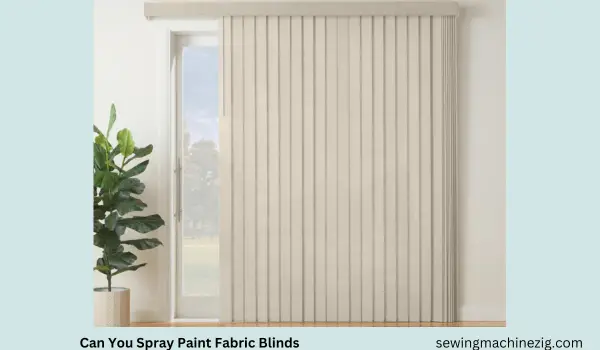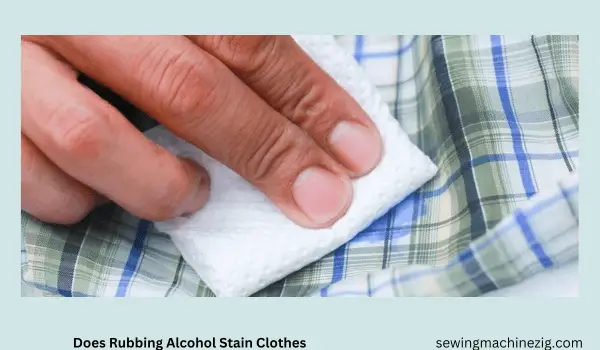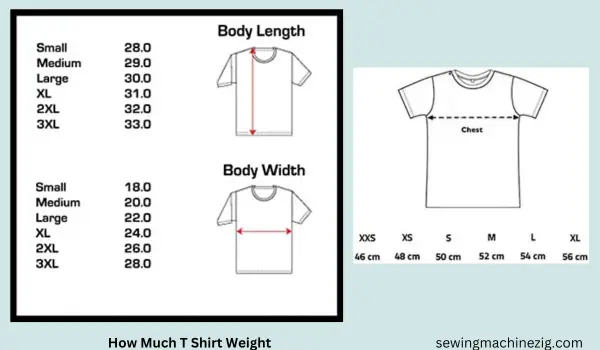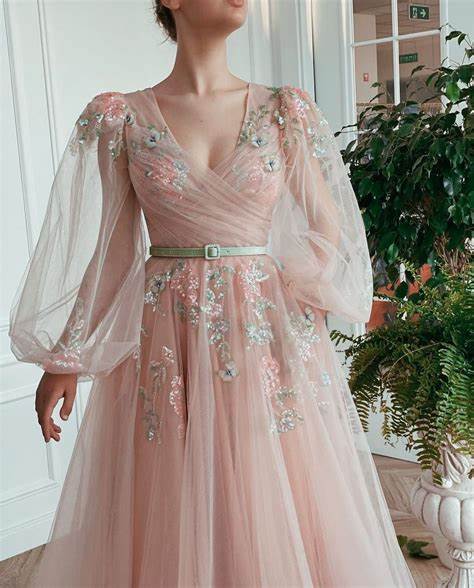
Navigating the world of fabrics often feels like unraveling a complex tapestry, especially when faced with the choice between Acetate and Silk. The desire for elegance and comfort can become a perplexing journey. Understanding the nuanced differences between Acetate VS Silk is crucial for those seeking the perfect blend of sophistication and luxury. Let’s embark on this fabric exploration, acknowledging the common dilemmas and unraveling the unique qualities that distinguish Acetate from Silk.
Acetate Vs Silk Detailed Answer
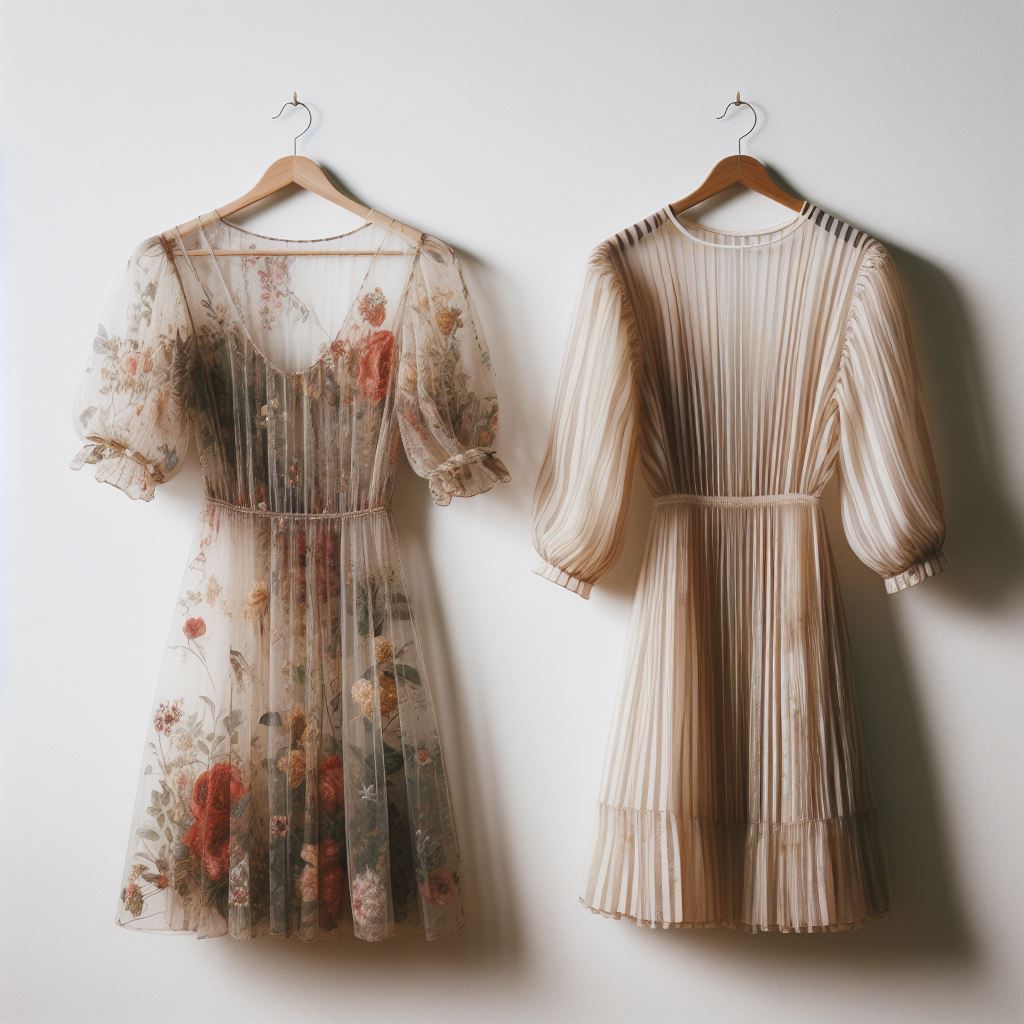
In the pursuit of refined textiles, the choice between Acetate and Silk holds significant weight. Let’s delve into the distinctive characteristics, manufacturing processes, and applications of each, guiding you through the subtle intricacies that set them apart.
Acetate:
Acetate, a synthetic fabric, often finds its place in the world of fashion and luxury. Derived from wood pulp or cotton linters, it undergoes a series of chemical processes to create a fabric known for its sheen and drape. While not as luxurious as Silk, Acetate offers an affordable alternative with a lustrous appearance.
The Process of Making Acetate:
Cellulose Extraction: Acetate begins with extracting cellulose from wood pulp or cotton linters.
Acetylation: The cellulose undergoes acetylation, a process involving the introduction of acetyl groups, enhancing its properties.
Spinning: The treated cellulose is then spun into fibers, creating Acetate fabric.
Finishing: The fabric undergoes finishing processes to enhance its sheen and drape.
Attractive Features:
Lustrous Appearance: Acetate boasts a beautiful sheen, resembling the luxurious look of Silk.
Affordability: Compared to Silk, Acetate offers an affordable option for those seeking elegance on a budget.
Drapability: Acetate exhibits excellent drapability, making it a preferred choice for flowing garments.
Silk:
Silk, often referred to as the queen of fabrics, is a natural fiber renowned for its unparalleled smoothness, sheen, and luxurious feel. Harvested from silkworms’ cocoons, Silk undergoes a meticulous process that involves delicate spinning to create a fabric that has adorned royalty for centuries.
The Process of Making Silk:
Silkworm Cultivation: Silkworms are cultivated, and their cocoons are harvested.
Degumming: The harvested cocoons undergo a process called degumming to soften the fibers.
Spinning: The softened silk fibers are carefully spun into threads.
Weaving or Knitting: The threads are then woven or knitted into the final Silk fabric.
Finishing: Silk may undergo additional finishing processes to enhance its texture and sheen.
Attractive Features:
Luxurious Feel: Silk is celebrated for its unmatched luxurious feel against the skin.
Natural Sheen: The natural sheen of Silk imparts a timeless elegance to garments.
Breathability: Silk is highly breathable, ensuring comfort in various climates.
Acetate Fabric Disadvantages
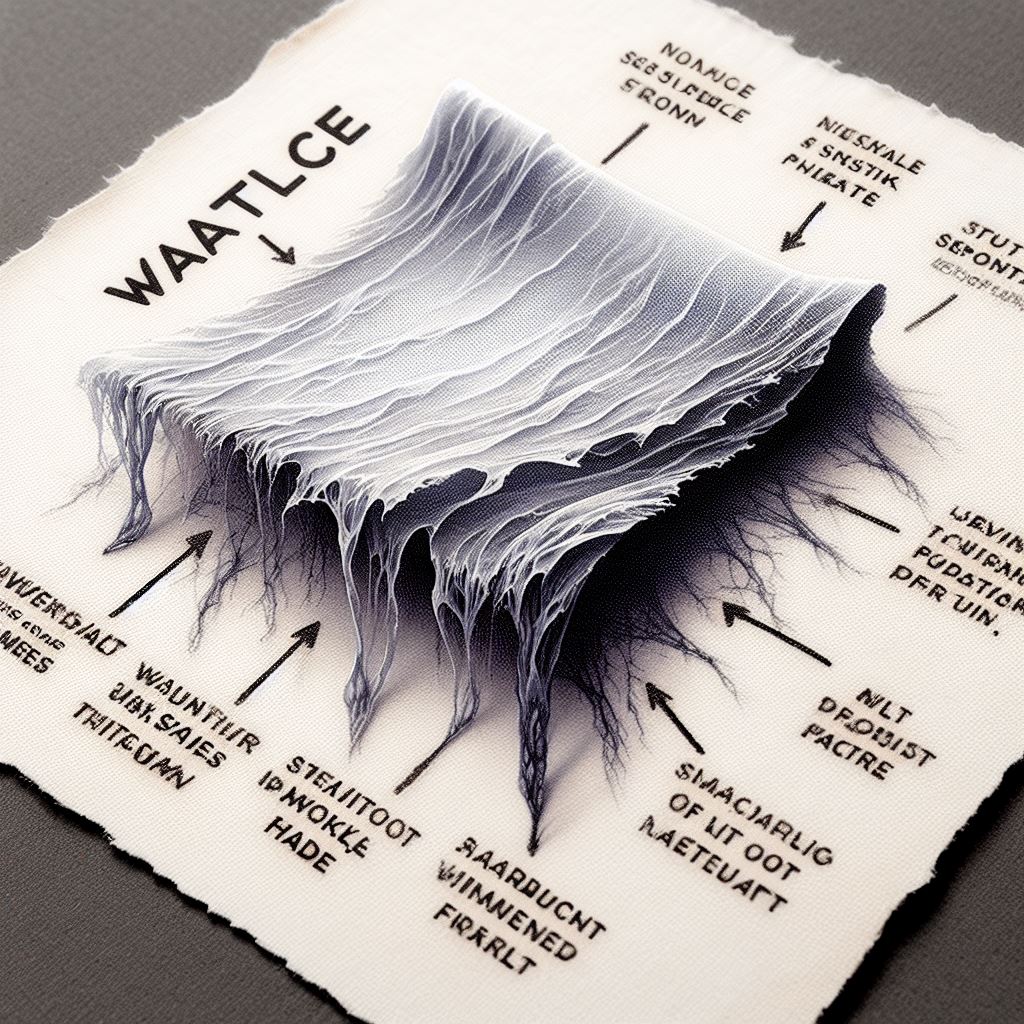
Embarking on an exploration of acetate fabric involves unraveling its drawbacks, shedding light on the aspects that might temper the allure of this synthetic material.
1. Sensitivity to Moisture:
Drawback Unveiled: Acetate fabric, while luxurious, exhibits a notable sensitivity to moisture.
The Affliction: Exposure to humidity and moisture can lead to acetate fabric losing its shape and developing a wrinkled appearance.
2. Prone to Wrinkling:
The Crease Conundrum: Wrinkling becomes an inherent drawback of acetate fabric.
Combatting the Crinkles: Acetate garments often require careful handling to avoid unsightly wrinkles, adding an extra layer of maintenance.
3. Limited Durability:
Fragility Factor: Acetate, compared to some other fabrics, is relatively delicate.
Trade-Offs: The luxurious feel of acetate may come at the expense of durability, necessitating cautious use to prolong the life of the fabric.
4. Challenging Cleaning Requirements:
Dry Cleaning Dependency: Many acetate garments necessitate dry cleaning.
The Costly Quandary: Regular dry cleaning can add to the overall cost and maintenance burden for those who favor acetate.
5. Susceptibility to Sun Damage:
UV Vulnerability: Acetate is prone to damage from prolonged exposure to sunlight.
The Fading Phenomenon: Sunlight can cause acetate fabric to fade, diminishing its vibrant colors and sheen over time.
6. Limited Breathability:
Breathability Blues: Acetate may lack the breathability of natural fibers like cotton.
Adapting to Seasons: This limitation might affect comfort, especially in warm climates, as the fabric may not wick away moisture as effectively.
Conclusion:
In the pursuit of fabric perfection, the distinction between acetate and silk becomes a crucial note in the symphony of style. Recognizing the unique characteristics of each fabric empowers individuals to curate a wardrobe where every thread speaks to their desire for elegance and comfort. Acetate Vs Silk
FAQs:
Q1: Can acetate be a sustainable alternative to silk?
A1: While acetate is a man-made fiber, it may not be considered entirely sustainable. Silk, being a natural fiber, has a more eco-friendly reputation.
Q2: Is silk more prone to wrinkling compared to acetate?
A2: Silk is prone to wrinkling, and delicate care is required to maintain its smooth appearance. Acetate, being more forgiving, is less prone to wrinkles. Acetate Vs Silk
Q3: Can acetate be used for formal wear, similar to silk?
A3: Yes, acetate’s polished feel and reflective gleam make it suitable for formal wear, offering an affordable alternative to the luxurious appeal of silk. Acetate Vs Silk
Q4: Which fabric is more suitable for hot climates, acetate, or silk?
A4: Silk’s natural breathability makes it comfortable in hot climates, while acetate also adapts well to temperature changes, providing versatility across seasons. Acetate Vs Silk
Q5: Are there specific detergents recommended for washing acetate and silk?
A5: Mild detergents without harsh chemicals are suitable for washing both acetate and silk. However, following care instructions is crucial to preserve the fabrics. “Understanding the nuanced differences between Acetate VS Silk is crucial for those seeking the perfect blend of sophistication and luxury. Let’s embark on this fabric exploration, acknowledging the common dilemmas “Acetate Vs Silk“

